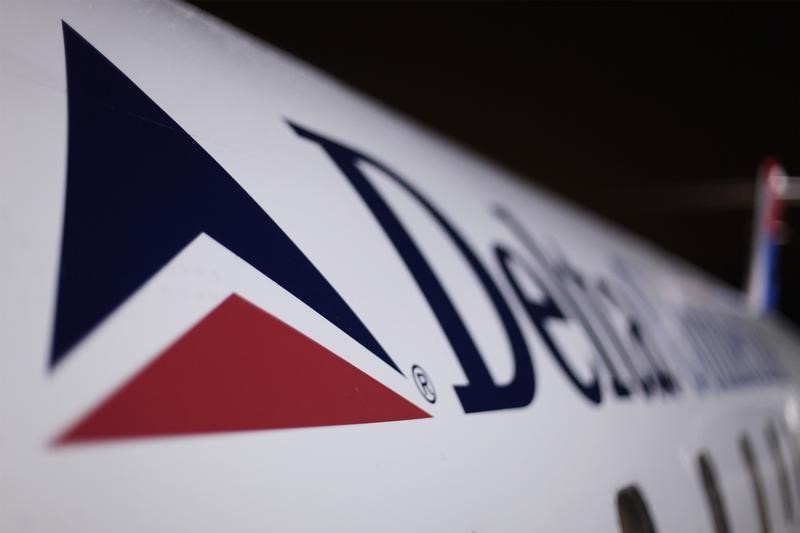This post was originally published on this site

WASHINGTON (Reuters) -U.S. regulators said on Wednesday they will extend temporary cuts to minimum flight requirements at congested New York City-area airports and Washington National Airport through Oct. 28, citing air traffic controller staffing issues.
The Federal Aviation Administration in March agreed to the request of Delta Air Lines (NYSE:DAL) and United Airlines to temporarily return up to 10% of slots and flights at New York-area airports and Washington National Airport through Sept. 15.
Major airlines on Monday sought an extension of the waiver, saying air traffic staffing levels in a key New York air traffic sector have not “meaningfully improved.” United in late June first sought an extension.
Airlines can lose their slots at congested airports if they do not use them at least 80% of the time.
The FAA said it is working closely with a major air traffic controller union to implement a long-term solution to resolve ongoing low staffing levels at the New York Terminal Radar Approach Control (TRACON).
A government audit in June said the FAA faces critical air traffic staffing and disclosed New York TRACON staffing was at 54% compared with optimal levels.
The FAA said the waiver had “provided stability at the NYC area airports” but told airlines not to expect additional waivers based on agency staffing.
Airlines for America, an industry trade group said air traffic control staffing and extreme weather “are unique circumstances beyond our control.”
Last month, Chicago-based United said it would drop to about 395 daily flights from 410 at Newark Liberty International Airport after planning 438 on peak days before the FAA waiver.
Last summer, there were 41,498 flights from New York airports where FAA air traffic control staffing was a contributing factor in delays.
In March, it said that later this year it planned to reassign approximately 100 square miles (259 square kilometers)of Newark airspace from the area known as N90 to the Philadelphia Terminal Radar Approach Control to address staffing issues. That reassignment has not yet occurred.

